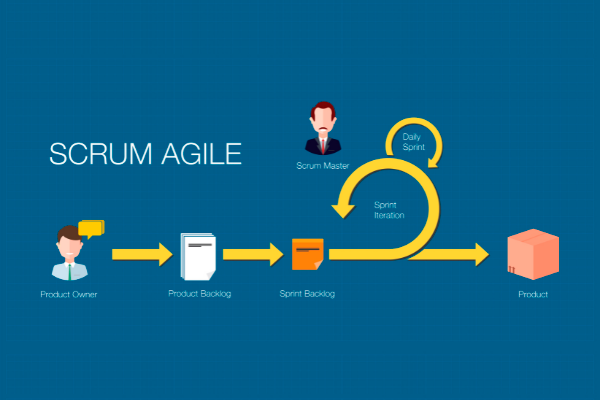Website Launch Strategy: UX and Development Methodologies
Time-to-market is a very important concept when it comes to planning a website launch strategy. It’s the time from when the product or service is created until it’s launched into the market and is available to the final consumer. One of the goals of any manager in this process is making the time-to-market as short as possible, without endangering the final result. Why? Because if the launch is delayed, we can find ourselves in an unreceptive market, with an expired product, facing a disadvantage against previously launched products, and a lost opportunity that we can’t afford.
In the case of websites, they are vital for a digital business. If the result is optimal, it’s a way to increase conversions and an asset that provides value to the brand, visibility in search engines, and a connection with the user. If we want all this to be possible, we need a UX team that actively participates in the web design and provides their usability expertise.
UX Process Phases in Website Launches
First, the UX team needs to extract the business goals to begin to create a hypothesis about the users and their behavior online. At the beginning of the project, the market must be studied with a competition analysis; the research stage serves to collect and analyze data, identify trends of the specific sector, discover what KSP competitors have, and more.
The definition of the User Persona through surveys, interviews, and focus groups helps us imagine the ideal client profile that would visit the website: what they would first focus on, what their interests are, what devices they use to access the site, and what visual or content elements can drive them away. At the same time, the UX team will begin to create questions about the information architecture: what is the content hierarchy on the page?
The Card Sorting methodology is a great help; it’s a research technique to learn how the users think that content should be organized on the website. The easiest example is the navigation menu. To apply Card Sorting, we create a series of cards that represent the different content options, choose users, and ask them to organize the cards in the most logical way for them. If we can get User Persona examples from the Card Sorting participants, it will be even more useful.
When we’ve established a proposal for web design, the UX team once again starts the process of optimizing designs with web usability tests, A/B tests about design, and, later on, A/B tests about development. The goal is to always improve the user experience and their contributions to the web team should be heard and applied.
Methodologies in Web Project Planning
The web development team then creates a strategy that varies according to the uncertainty of the product. In high uncertainty projects, we choose Agile frameworks and in low uncertainty projects, we apply Waterfall methodologies. These two frameworks are used to control the time-to-market and we recommend them to the rest of the team for future projects:
Waterfall Methodology
The Waterfall methodology is focused on value delivery through a sequential process. It’s a linear approximation for web development and is more traditional in that a series of goals are established that are resolved one after the other, in chronological order (not in parallel); we need a stage to finish before beginning the next.
This methodology, known as waterfall, has its advantages. Planning is simpler and it’s easier to follow the evolution of the project; however, an issue can delay the time-to-market and, in the case that the client isn’t pleased with the result and requests changes, they are more expensive to make.
Agile Methodology
To mitigate the defects of the Waterfall methodology, we use Agile methods. Focused on continuous value delivery, it’s an iterative method of work in which we prioritize the quick creation of deliverables with continuous validation by the client, who is an active participant in the development of their website.
Scrum is a framework within the agile methodology that gives us tools to work faster. The Scrum method uses 5 ceremonies that we must keep in mind:
- Sprint Planning
- Daily Scrums
- Sprint Review
- Sprint Retrospective
- Grooming
The sprint is the main unit of measuring work. One sprint is temporarily marked and within it, there are a series of tasks that the team must exclusively focus on during a determined period. The client must be committed to this way of working because it requires more work on their part, validating and giving feedback on the deliverables that are created in each sprint.
As a positive, we have many early opportunities to correct and reorient the work if the client isn’t satisfied. And after different versions, it’s very important to realize E2E Testing on a sprint to completely finish it and detect errors and loose ends that can arise.
We’ve made it to the end of the path, the “go live” moment: launching the website to the public. We must have a hypercare period to ensure that every part of the new system works. If you don’t want to work over a weekend, don’t launch on a Friday; leave it for Monday or Tuesday. During the first days, there’s always something that comes up.
Each project is unique and the challenges and time we have are different as well. Evaluate all the factors and choose the best methodology for you. There’s no perfect formula, and we can only find the method that works best for our team through trial and error.
Subscribe to our newsletter and stay up to date with the latest digital trends.
Subscribe to our newsletter and stay up to date with the latest digital trends.
No thanks. My inbox is fine as it is.
